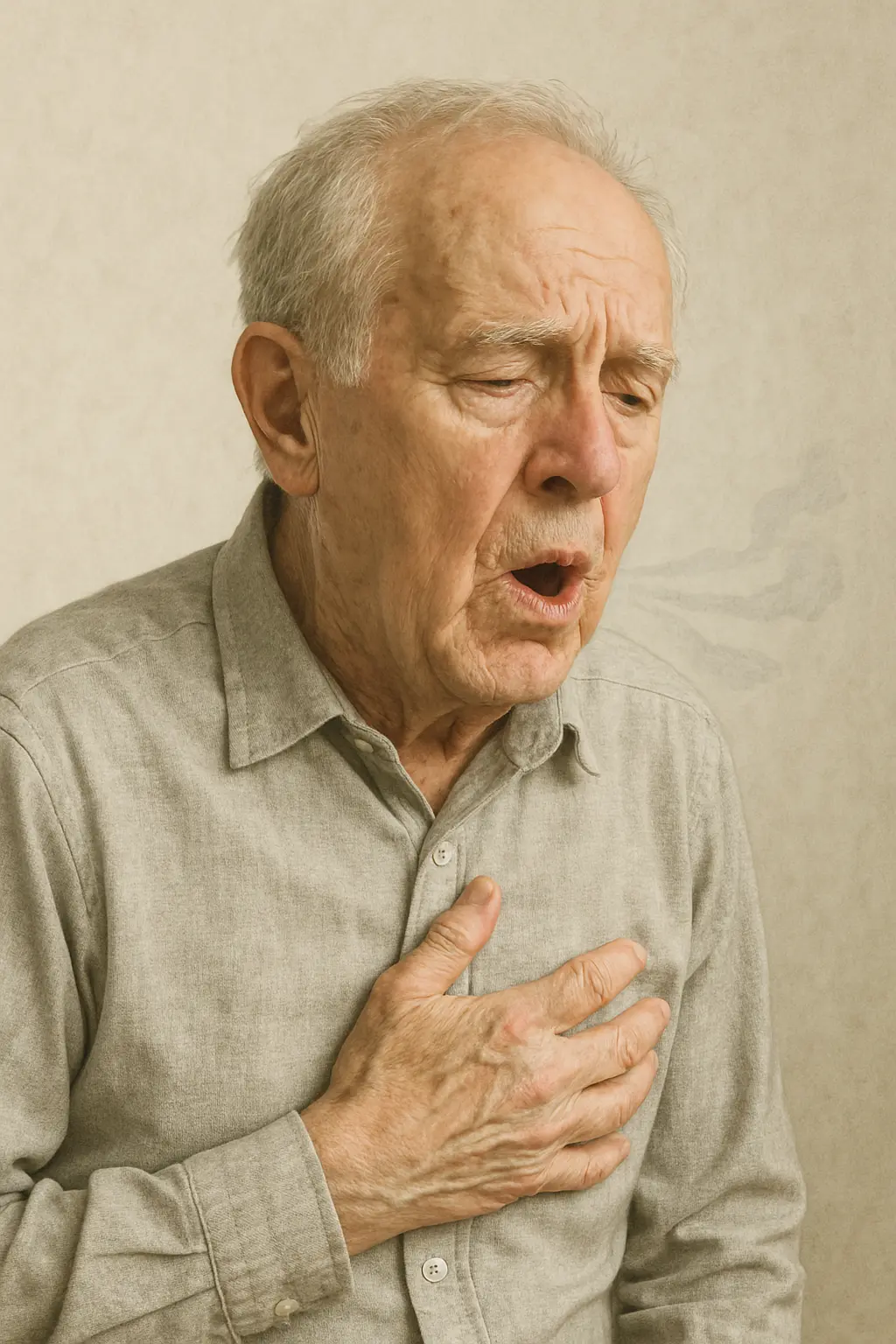The heart pumps blood through a complex and continuous cycle that ensures oxygen and nutrients reach the body’s tissues while removing waste products like carbon dioxide. This process involves two main circuits: pulmonary circulation (to the lungs) and systemic circulation (to the body).
Blood Flow Through the Heart
Right Side of the Heart
- Blood entry: Oxygen-poor blood from the body enters the right atrium via the superior vena cava (from the upper body) and inferior vena cava (from the lower body).
- Atrium contraction: The right atrium contracts, pushing blood through the tricuspid valve into the right ventricle.
- Ventricle contraction: The right ventricle pumps blood through the pulmonary valve into the pulmonary artery, which carries it to the lungs for oxygenation.
Lungs
- In the lungs, carbon dioxide is exchanged for oxygen in tiny capillaries surrounding air sacs. The oxygen-rich blood then travels back to the heart through pulmonary veins.
Left Side of the Heart
- Blood entry: Oxygen-rich blood enters the left atrium from the pulmonary veins.
- Atrium contraction: The left atrium contracts, pushing blood through the mitral valve into the left ventricle.
- Ventricle contraction: The left ventricle pumps oxygen-rich blood through the aortic valve into the aorta, distributing it to all parts of the body via arteries.
Key Features
- Valves: They ensure one-way blood flow and prevent backflow during heart contractions (e.g., tricuspid, pulmonary, mitral, and aortic valves).
- Heart chambers: Four chambers (two atria and two ventricles) work in coordination to pump blood effectively.
- Circulatory system: Arteries carry oxygenated blood away from the heart, while veins return oxygen-poor blood to the heart.
This cycle repeats with every heartbeat, ensuring continuous circulation throughout life.


Leave a Reply